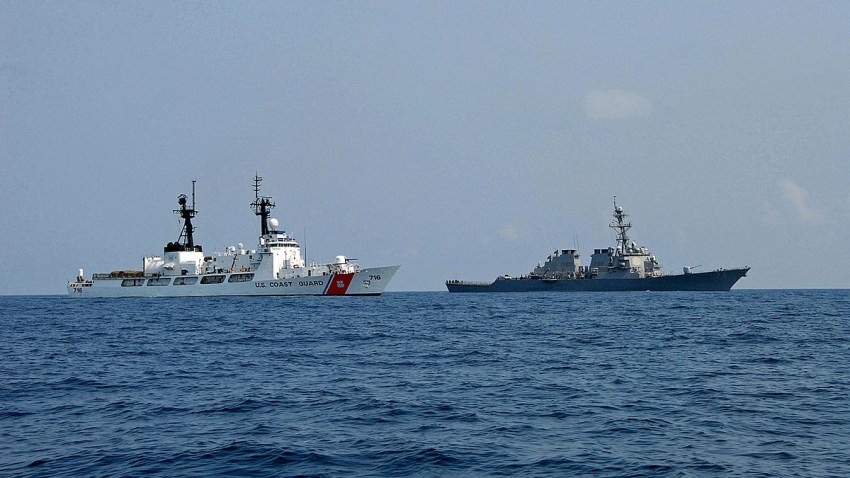Amid the crisis in Crimea, Turkey authorized a U.S. Navy destroyer
to pass through the Bosphorus last week but noted that the legal agreement governing access to the Black Sea would not permit a U.S. aircraft carrier to make the same passage. In an email interview,
James Kraska, an expert in maritime governance who is Mary Derrickson McCurdy visiting scholar at Duke University, discussed the terms of the Montreux Convention.
WPR: What is the history of the Montreux Convention, and what are its terms?
James Kraska: The Convention Regarding the Regime of the Straits 1936 (the Montreux Convention) governs transit of vessels through the Bosphorus and Dardanelles Straits that connect the Aegean Sea to the Black Sea. This compound strait, which also includes the inland Sea of Marmara, is completely surrounded by Turkey, and provides the only access to the ocean for Bulgaria, Romania, Ukraine and Georgia. During the 19th century, the waterway was a focal point of the Anglo-Russian contest for influence in Europe and Asia; part of Russia’s objective was to protect its southern flank on the Black Sea, with the English strategy being to screen its positions in the Eastern Mediterranean and India. Russia still maintains a large naval base at the port of Sevastopol on the Crimean peninsula under a lease through 2042.
WPR: How does the convention govern transit of naval vessels, in particular?
Kraska: Freedom of navigation by warships through the straits is accorded by a formula that depends on whether they occur during time of peace, time of war in which Turkey is a neutral power, time of war when Turkey is a belligerent and periods of time Turkey considers itself threatened or in imminent danger of war.
During time of peace, or during war when Turkey is a neutral power, nine or fewer light warships and auxiliary vessels may transit the straits simultaneously, so long as their aggregate tonnage does not exceed 15,000 tons. Aircraft carriers are not permitted, a limitation that caused controversy beginning in the mid-1970s when smaller Russian carriers were classified as “aircraft-carrying cruisers” to avoid the rule.
Black Sea states enjoy greater rights to transit the straits with heavy surface vessels, and they are not bound by restrictions that limit the number of warships or length of stay of warships from non-Black Sea naval forces. Each warship from a non-Black Sea state may remain in the Black Sea for no more than 21 days, and the maximum aggregate tonnage of all non-Black Sea warships in the Black Sea is 45,000 tons.
WPR: How robust is the convention in terms of its application in the case of potential hostilities?
Kraska: Under terms of the treaty, during a period when Turkey is at war, or, as the treaty states, “should Turkey consider herself to be threatened with imminent danger of war,” the passage of warships falls entirely within the discretion of the Turkish government. In such circumstances, merchant ships continue to enjoy transit rights, although they must enter in daylight and comply with traffic separation schemes and mandatory pilotage established by Turkey.

